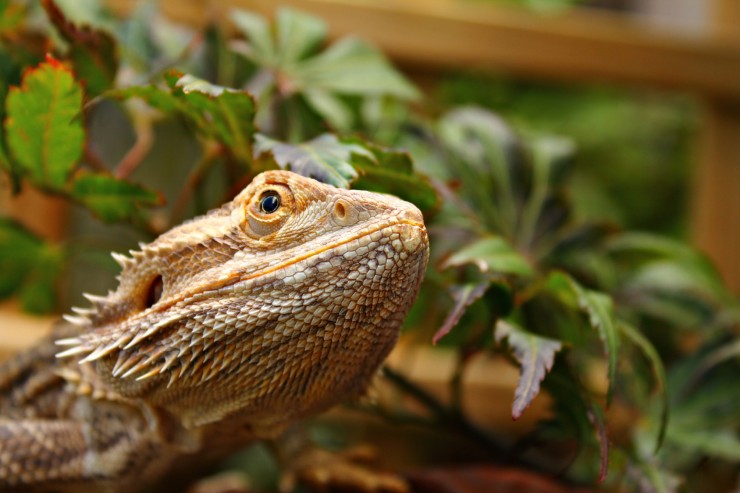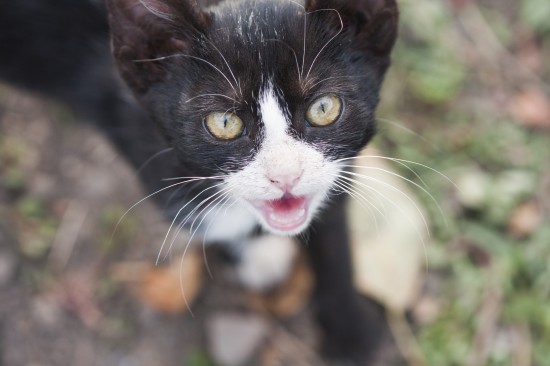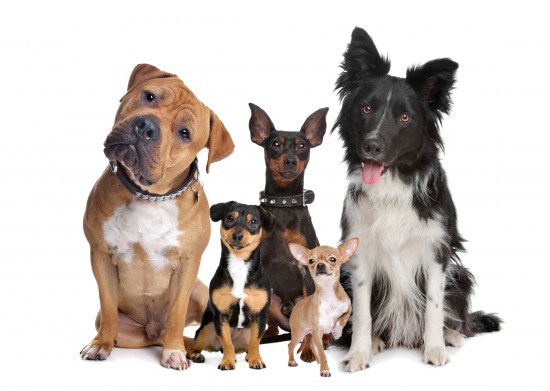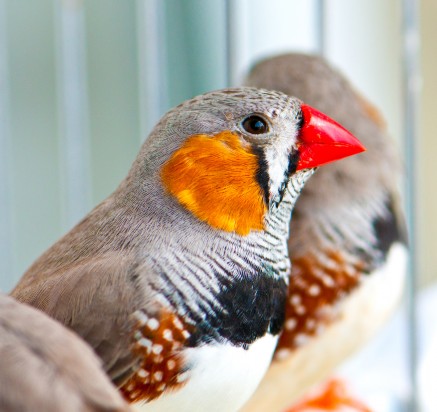
Cats and dogs can be great pals, but even if the best you can hope for is mutual toleration, there are some important things to remember.
The same system can be used with cats and dogs, but after a week or so of eating at opposite sides of the door, a face to face meeting, with the dog on a lead, in the same room, can take place. Make sure the dog obeys its commands to 'Sit', 'Stay', etc., and have the two animals at first on opposite sides of the room with the cat held on somebody's lap. Titbits should be proffered all round. This scenario should be repeated many times until there is no sign of aggression or fear from either party, the cat in particular not struggling to get away. Then the two animals can slowly and progressively over a number of meetings be brought closer to one another.
The dog should be praised and rewarded for good, obedient behaviour in the presence of the cat, never punished, so that it does not come to regard the cat as being the cause of any punishment. That could lead to the dog 'taking it out' on the cat when it got the chance.
The next stage is for you to arrange scenarios where the dog and cat meet in the same room with the door closed. Don't rush bringing the two together; let them take their time. The dog must be watched carefully and on its best behaviour, calm and obedient, with no excited prancing about or barking. You will need patience as the scenario will have to be repeated perhaps many times, but eventually the two pets will metaphorically shake hands, or paws, and become friends.
Additional considerations
When introducing a cat into a household in which a dog is already resident, you should bear the following considerations in mind:
1) The cat must have escape routes and sanctuaries in the house available at all times. Faced with a bothersome dog, a cat's first reaction is to flee and hide rather than make a fight of it.
2) When you are away from home during the introductory period, you should always keep the two animals separate.
3) Always feed the cat on a shelf or a working surface - somewhere high that the dog cannot reach. As ever, a high vantage point will give the cat a feeling of security and contentment.
4) Place the cat's litter tray somewhere where it can gain access, but the dog cannot. Keep the cat flap locked until peace and amity reign in order to deter the cat from leaving home for good.
5) Feed the dog separately and alone; dog food is not suitable for cats and a cat trying to take a mouthful from the dog's bowl could cause the dog to react tetchily.
6) Until the dog is totally unconcerned by the presence of the cat, you should leave its lead attached to its collar, even in the house, just in case it decides to make a dash for Puss and you have to grab it.
7) It is sometimes worthwhile giving the cat and the dog each its own territory; for example, the cat having upstairs and the dog downstairs. There should be no trespassing, to begin with at least.
8) Don't rush things. Remember that the introduction period between the two species can be as long as three months or even longer.
 Six Hidden Dangers That May Be Lurking In Your Reptile Terrarium
Six Hidden Danger
Six Hidden Dangers That May Be Lurking In Your Reptile Terrarium
Six Hidden Danger
 Dealing With A Very Noisy Cat
Dealing With A Ve
Dealing With A Very Noisy Cat
Dealing With A Ve
 Toxoplasma In Cats, Why It Is Important
Toxoplasma in Cats is pretty common and here I will exp
Toxoplasma In Cats, Why It Is Important
Toxoplasma in Cats is pretty common and here I will exp
 Best Dog Breeds For Families
Best Dog Breeds F
Best Dog Breeds For Families
Best Dog Breeds F
 What’s A Softbill ?
What’s A Softbill
What’s A Softbill ?
What’s A Softbill
Copyright © 2005-2016 Pet Information All Rights Reserved
Contact us: www162date@outlook.com